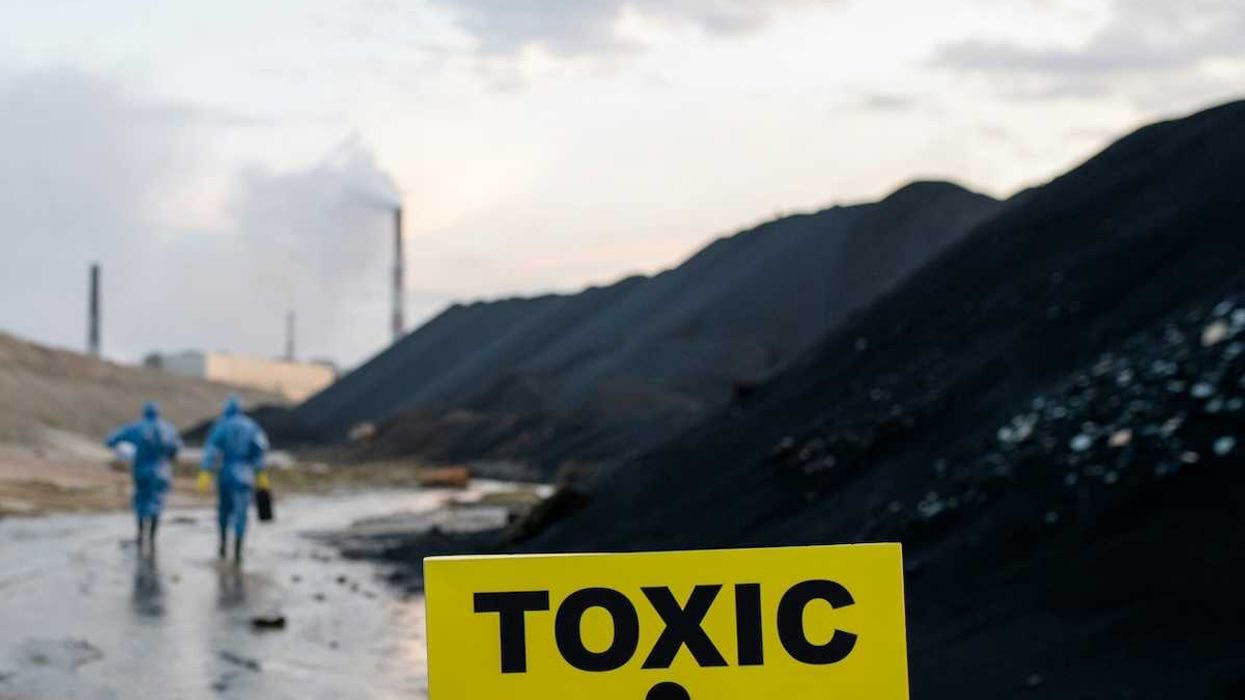For decades, Grassy Narrows First Nation has suffered from mercury contamination in its waters, and community members are demanding the Ontario government take responsibility as the province's election day arrives.
Sarah Law reports for CBC News.
In short:
- Grassy Narrows First Nation held a vigil outside Toronto’s Queen’s Park, calling on the Ontario government to stop industrial pollution, compensate victims, and address long-standing mercury contamination.
- The community’s mercury poisoning crisis dates back to the 1960s when the Dryden Paper Mill dumped nine tons of mercury into the English-Wabigoon River. A 2024 study suggests industrial pollution is making the contamination worse.
- Premier Doug Ford did not meet with protestors and has yet to respond to their calls, despite repeated attempts from the community to engage him.
Key quote:
“For me, this is really, really hard to keep coming back here and to call on Doug Ford to do the right thing for my community.”
— Judy DaSilva, environmental health coordinator, Grassy Narrows First Nation
Why this matters:
Mercury poisoning has devastated Grassy Narrows for generations, causing neurological damage and health issues in nearly 90% of the population. Fish, a dietary staple, remains a primary source of contamination. Despite government pledges to fund cleanup and care, progress has been slow. The crisis highlights the broader issue of industrial pollution in Indigenous communities and the Canadian government’s failure to uphold treaty rights. As Election Day dawns, Grassy Narrows continues to fight for justice, fearing further delays will deepen the harm.
Read more: Rally in Toronto demands action on mercury poisoning in Grassy Narrows














